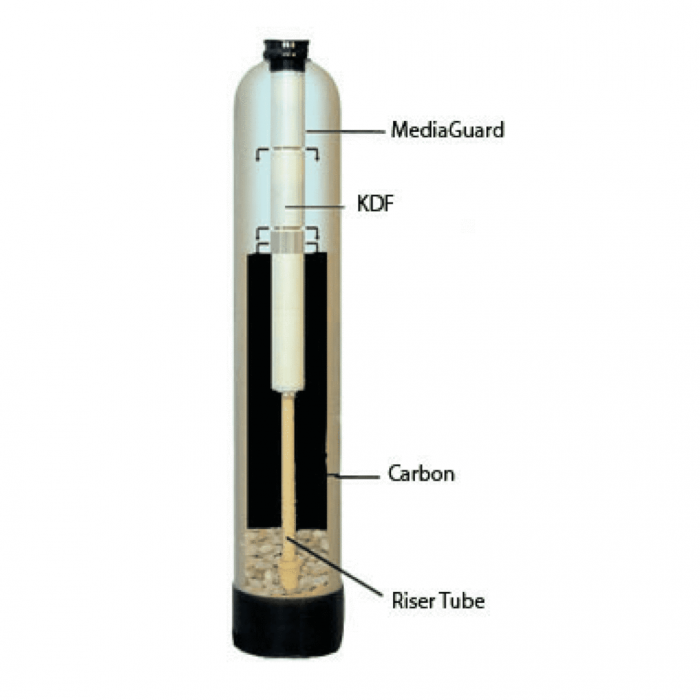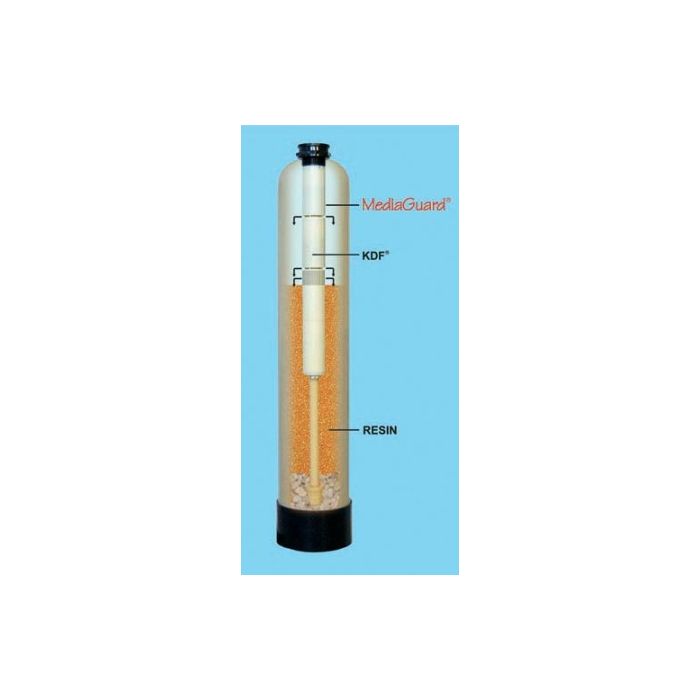Rango
New Member
Hi All,
I'm posting on this board since the project is related to replacement of my water softener system, even though the question is more general.
We're replacing our water softening system due to age. The current setup is, we are on well water. The pump outdoors runs into a closet in the garage with a pressurized holding tank. Piping from the well and into the tank is 1 inch. From the tee to the pump on/off switch is 1 inch. But after the switch, the pipe is reduced to 3/4 inch up to the softener, and the 90 degree bends look like they are only 1/2 inch inner diameter. The water softener tank has a 1 inch inlet with a 3/4 inch reducer. Coming out of the tank is also 1 inch reduced to 3/4". More 90 degrees with 1/2" I.D. And, at the cold water feed into the house, 3/4" back up to 1 inch. (There is also a similar 1cu.ft. filter tank before the softener, but that doesn't seem to be needed anymore, based on water tests and simply bypassing it the past 6 months.)
Water pressure in the house is fine with one faucet open. Low but tolerable with two open. Pressurized tank stays between upper 30's and upper 50's PSI (not quite the 40-60 setting, but close).
My questions are, if I replace the pipes with 1 inch end-to-end (tank tee, I.D. of turns, in/out water softener, to house feed), will I (1) blow out / mess up the water softener medium? (2) blow a hole in the house plumbing (mostly polybutylene unfortunately, with some copper) and overload the 50 gallon hot water heater? (3) have too much water pressure and flow, and end up requiring the pump to run too much more frequently? (4) Finally, would 3/4" pipe in the middle (as now), but with 3/4" I.D. bends, be more appropriate?
Apologies this is so long. Being an engineer, I tend to like front-loading the details.
I'm posting on this board since the project is related to replacement of my water softener system, even though the question is more general.
We're replacing our water softening system due to age. The current setup is, we are on well water. The pump outdoors runs into a closet in the garage with a pressurized holding tank. Piping from the well and into the tank is 1 inch. From the tee to the pump on/off switch is 1 inch. But after the switch, the pipe is reduced to 3/4 inch up to the softener, and the 90 degree bends look like they are only 1/2 inch inner diameter. The water softener tank has a 1 inch inlet with a 3/4 inch reducer. Coming out of the tank is also 1 inch reduced to 3/4". More 90 degrees with 1/2" I.D. And, at the cold water feed into the house, 3/4" back up to 1 inch. (There is also a similar 1cu.ft. filter tank before the softener, but that doesn't seem to be needed anymore, based on water tests and simply bypassing it the past 6 months.)
Water pressure in the house is fine with one faucet open. Low but tolerable with two open. Pressurized tank stays between upper 30's and upper 50's PSI (not quite the 40-60 setting, but close).
My questions are, if I replace the pipes with 1 inch end-to-end (tank tee, I.D. of turns, in/out water softener, to house feed), will I (1) blow out / mess up the water softener medium? (2) blow a hole in the house plumbing (mostly polybutylene unfortunately, with some copper) and overload the 50 gallon hot water heater? (3) have too much water pressure and flow, and end up requiring the pump to run too much more frequently? (4) Finally, would 3/4" pipe in the middle (as now), but with 3/4" I.D. bends, be more appropriate?
Apologies this is so long. Being an engineer, I tend to like front-loading the details.


